Anthrax Letters, Now on View, Represent the Serious Threats Faced by the Post Office
The National Postal Museum’s “Behind the Badge” exhibit explores the history and legacy of the United States Postal Inspection Service
Despite the rise of e-mail, texting, Twitter and Facebook, snail mail isn't dead. In 2013, the United States Postal Service processed 158.4 billion pieces of mail—40 percent of the world's mail volume. Each year, along with birthday cards and bills, money orders, personal information, expensive memorabilia and more are sent through the mail. But the mail is also the scene of nefarious activity—from the 2001 anthrax attacks to scams offering customers a new car for $40, criminals attempt to exploit the anonymity of the mail system for their gain. But while post offices, mail and mail crime might be familiar to the American public, what is likely less familiar are the more than 2,700 men and women who work for the U.S. Postal Inspection Service—the law enforcement agency is charged with investigating crimes that affect the mail service—anything from mail bombs to natural disasters that threaten physical post office locations.
"Behind the Badge," a newly-opened and expanded version of two previous exhibits at the Smithsonian's National Postal Museum, tells the history of the service, one of the country's oldest law enforcement agencies, that was founded in 1776 by Benjamin Franklin. "This is a law enforcement agency that’s been operating for the history of the nation, but the majority of Americans have never heard of it, and those that might have heard of it probably don’t know what they do," explains Nancy Pope, the exhibit's co-curator. "When you look at the history, in total of America’s communication methodologies, letter writing was the primary communication methodology for the majority of our history."
During the late 1700s and 1800s, postal inspectors mainly dealt with physical mail crime—defending mail and mail routes from theft and violence, especially during the Civil War, when special military postal routes had to be set up and defended. As railroads began to crisscross the country, and traincars replaced stagecoaches, postal inspectors began investigating train robberies. In 1934, when the nation’s $15.5 billion gold reserve was transferred to Fort Knox, the Postal Inspection Service planned the movement and transfer of the gold, because it was sent by registered mail. It wasn't the only high profile, precious shipment the Postal Inspection Service has coordinated—in 1958, the Hope Diamond was sent through the mail to the Smithsonian with the help of the Postal Inspection Service, the priceless package arrived safely. Later in the 20th century and into the 21st century, the Postal Inspection Service faced a new threat: mail itself becoming a weapon.
One of the Inspection Service's most infamous case—the 2001 anthrax attacks—is represented for the first time at the Smithsonian in the newly expanded exhibit. Pope had been hoping to obtain the anthrax-letters since the 2001 attacks, but was unable to get them from the FBI until a few years ago, when the FBI called Pope with concerns about the state of the letters. In order to remove any hazardous anthrax, as well as look for DNA or fingerprints, chemicals had to be applied to the letters, causing them to deteriorate and instilling the concern in Pope and the FBI that the letters wouldn't last much longer. Thanks to rehabilitation on the part of Postal Museum conservators, the letters have been stabilized, but they remain in poor condition, and the curators are displaying only a few at a time before they must be swapped out for other letters from the collection. Pope says that having the letters on display is one of the exhibit's great accomplishments.
"Depending on your age you either remember living through it or you have vague memories of it or you don’t know anything about it," she says, noting that the case, while high profile at the time, might be new to some visitors. "9/11 was the story of that year, and if you didn’t live through it it’s not really something you know about."
In addition to the letters which carried anthrax to media outlets and two Democratic senators, the exhibit also showcases the mail collection box from which the letters were mailed, as well as the American flag which hung in the Washington, D.C. postal facility where the letters passed through—two postal clerks who worked in the office during the attacks, Joseph Curseen Jr. and Thomas Morris Jr., were among the five people killed during the attack. No one was ever formally charged in the case, though the main suspect committed suicide in July of 2008.
The 2001 anthrax attacks used mail to deliver a chemical weapon—but other cases use the mail itself as the weapon. Scam letters asking for donations or offering get-rich-quick schemes can fool even the most attentive letter reader. In the 1940s, the Koolish family mailed thousands of letters asking for donations to various charities, such as the Disabled American Veterans. A mere six percent of funds mailed to the family made it to charity, while the rest lined the family's personal pockets. They continued to scam Americans out of their charitable dollars until 1963, when two members of the Koolish family were found guilty of mail fraud and sentenced to ten years in prison.
But the Postal Inspection Service doesn't just protect the mail or those reciving it, it also protects post office locations. In the face of natural disaster, from Hurricane Sandy to tornados in the Midwest, the Postal Inspection Service are often the first federal agency on the ground, attempting to secure mail and mailing locations.
"The mail is a federally protected institution, and it’s very important that you get there and get those letters," Pope explains. "You find that stuff and you protect it and you start getting it back to the people it was intended for."
Beyond the Inspection Service's most high-profile cases, the exhibit also offers visitors a chance to step inside the mind of a postal inspector, with interactive exhibits that test your ability to discern fraudulent mail from safe mail. It's part of the exhibit's goal, Pope says, to help people leave better educated about mail fraud.
"When something shows up either in your mail or your email, we want people to understand how they can look at these things, these offers, and how they can separate the serious ones from the fraud," Pope says.
/https://tf-cmsv2-smithsonianmag-media.s3.amazonaws.com/accounts/headshot/natasha-geiling-240.jpg)
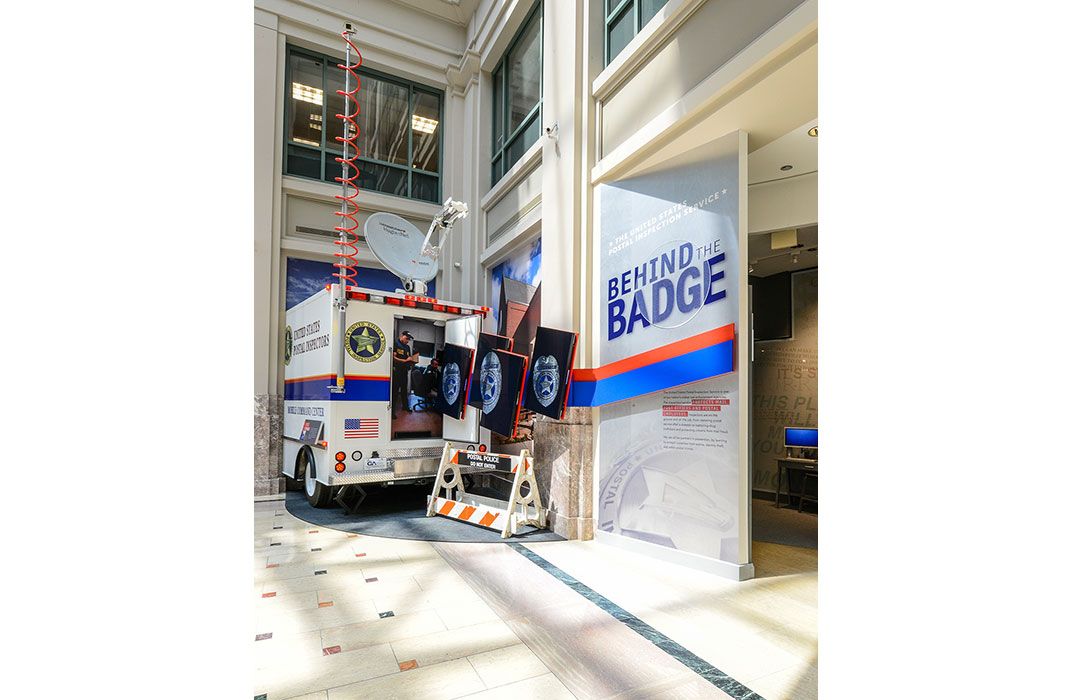
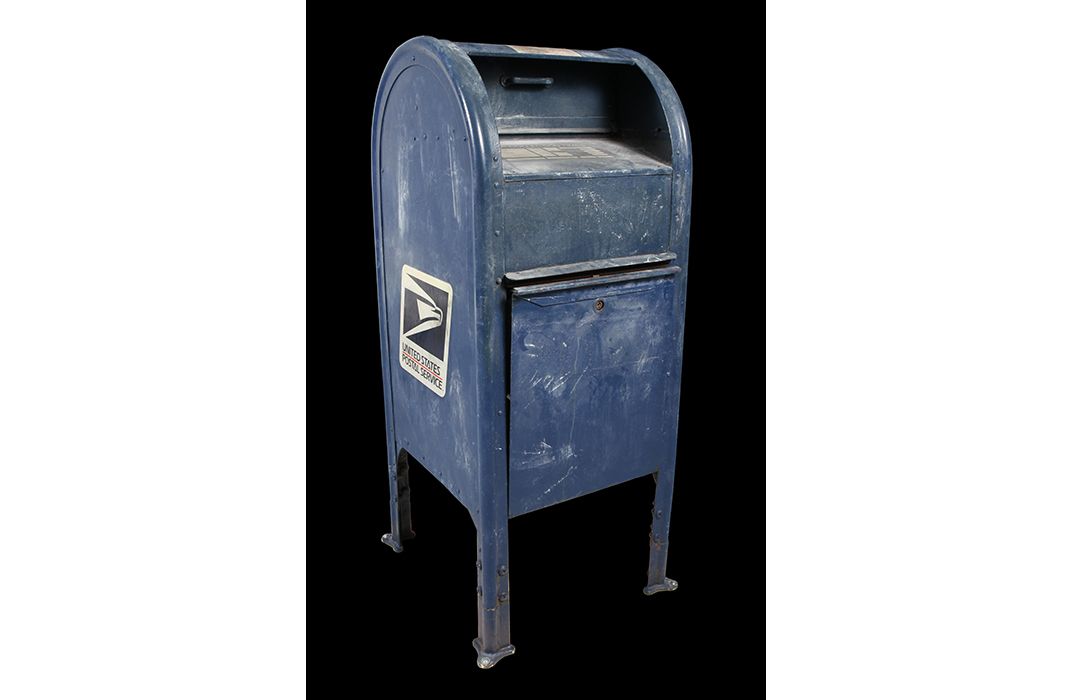
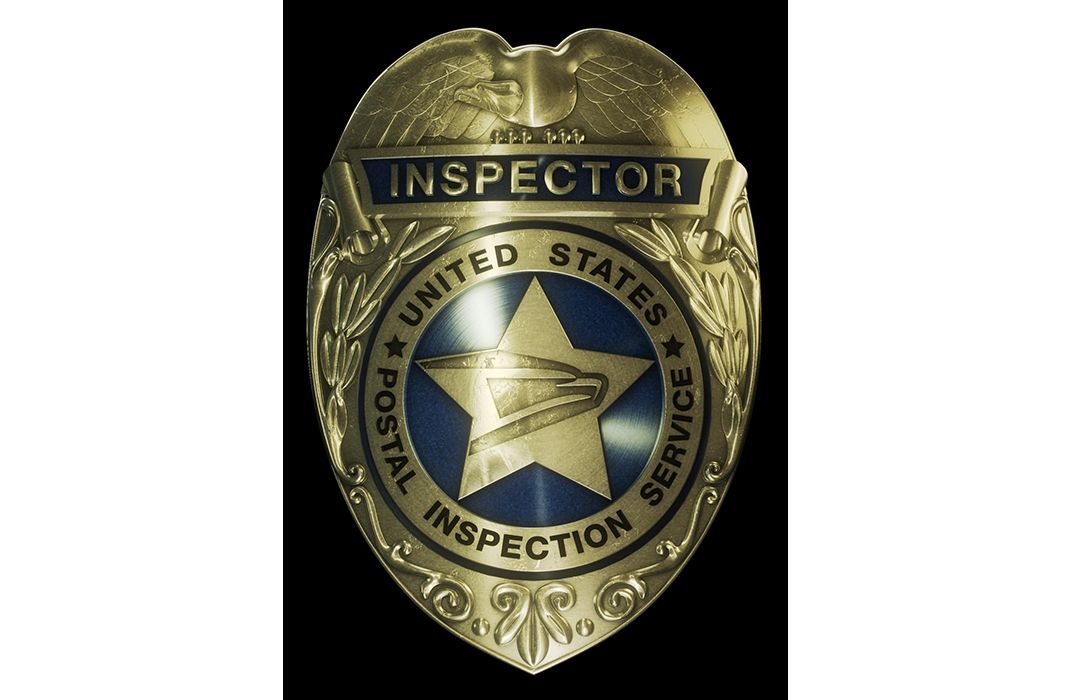
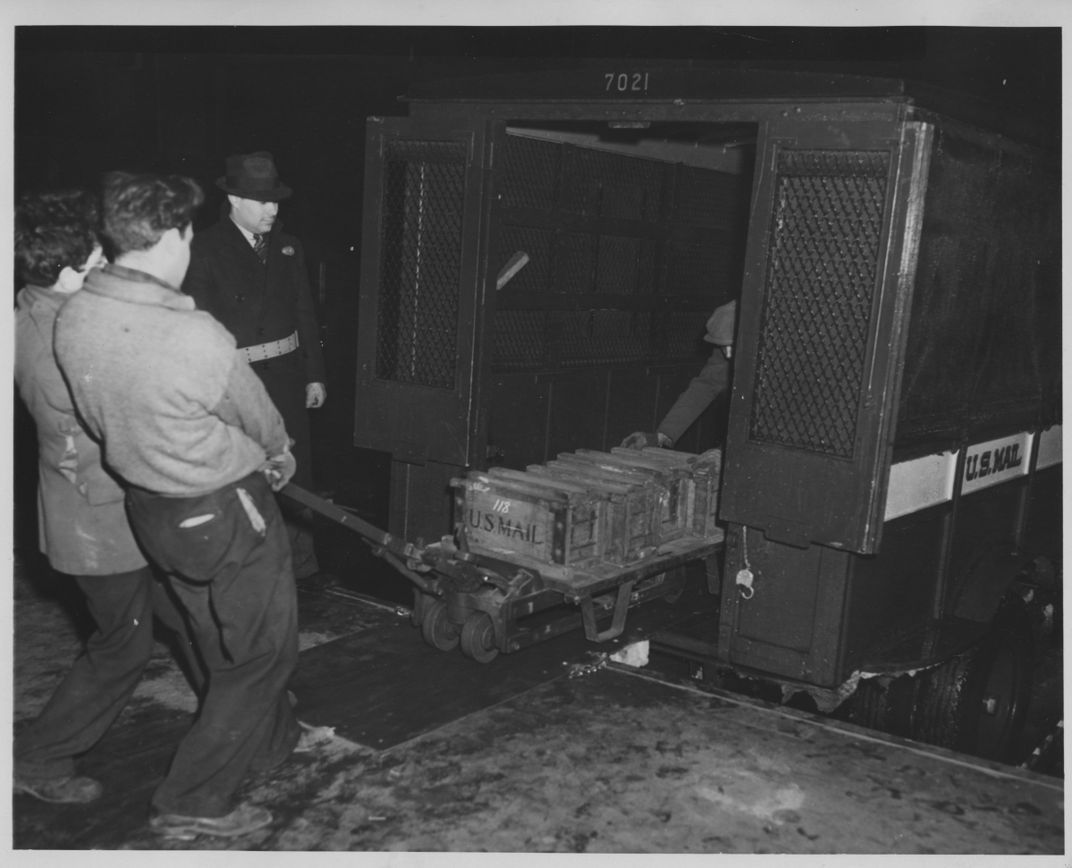
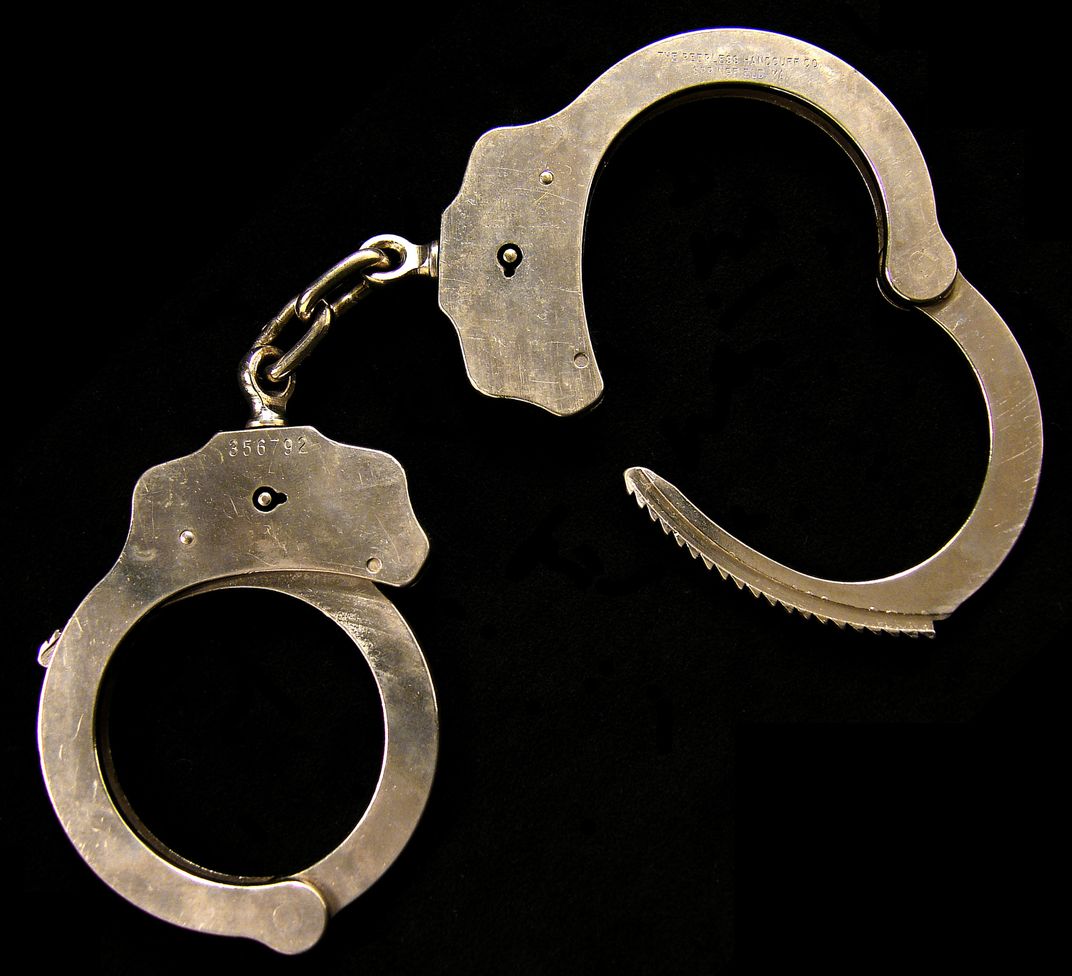
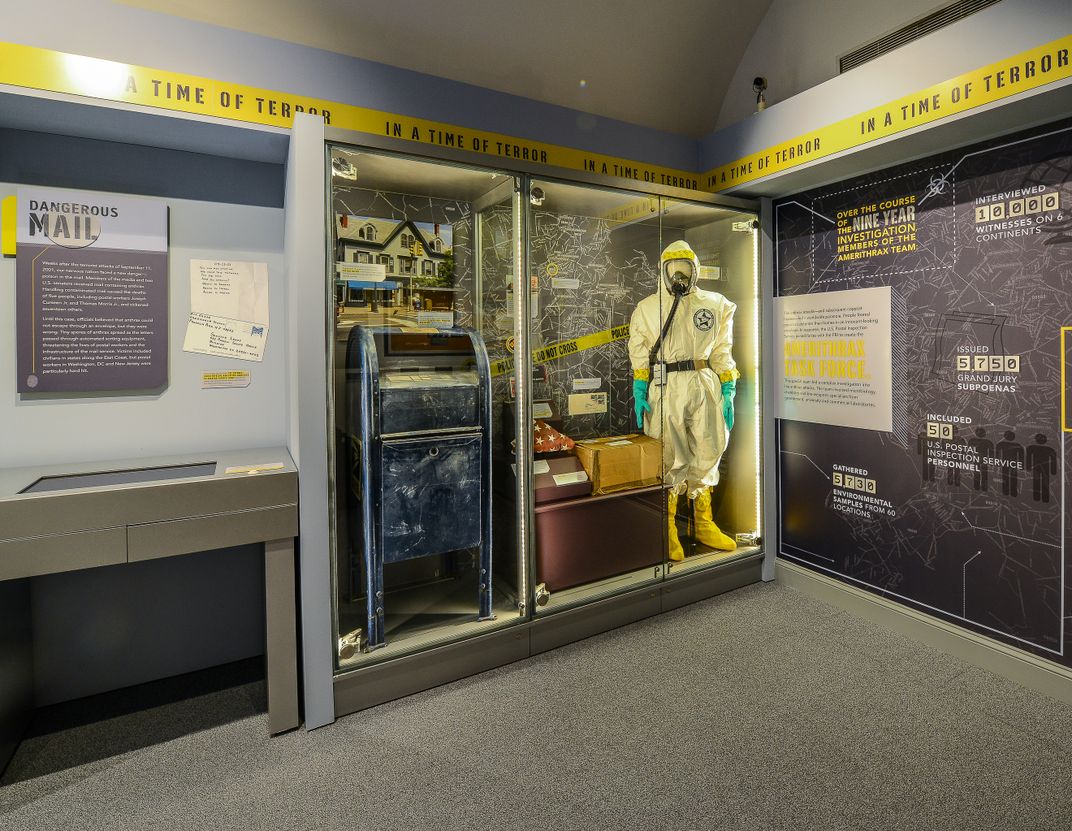
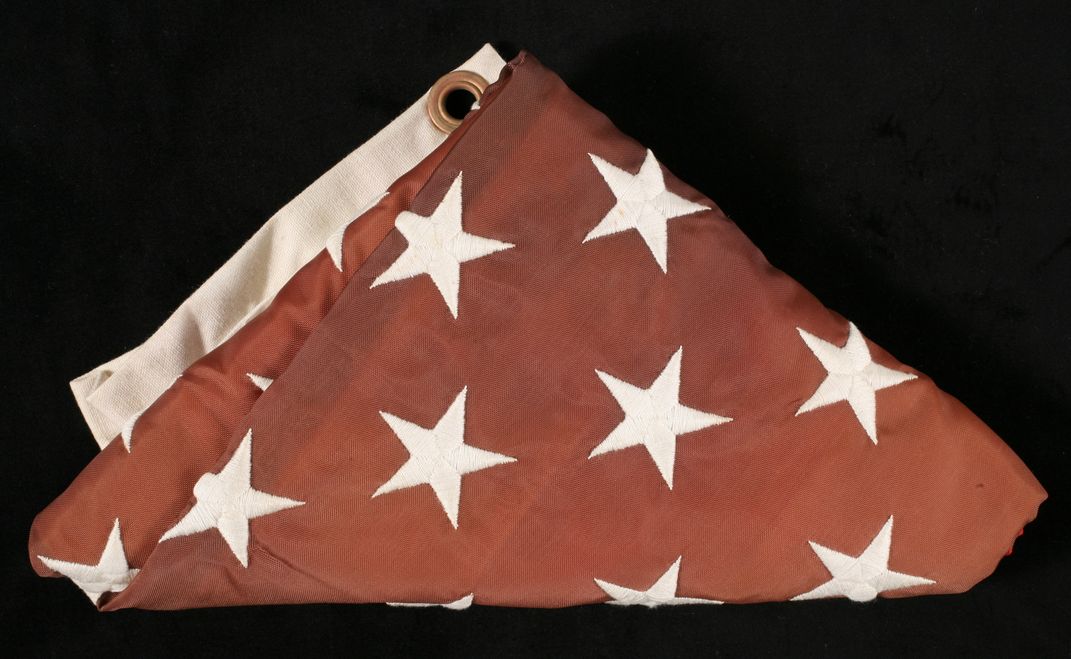
/https://tf-cmsv2-smithsonianmag-media.s3.amazonaws.com/accounts/headshot/natasha-geiling-240.jpg)